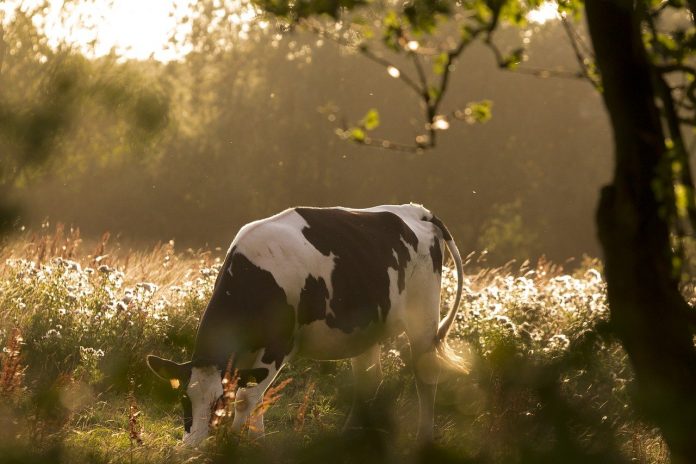Typically, Ohio weather is highly variable across the state, and this growing season has been no exception. For a while, the “d”-word — drought — was being tossed around in parts of the state, while in other parts, moisture has been aplenty causing additional challenges.
This time of year is as good as any to evaluate your forage resources and determine if you’re going to have enough pasture, not only through August into the fall, but grazing decisions made now will have an impact on regrowth next spring. If we are on the short end of the forage supply, there are several options that we can consider.
Stockpiling
Starting early to mid-August, take advantage of fall regrowth by removing cattle or mowing off seed heads. Typically done with grasses such as fescue stockpiled forage can extend the grazing season into late fall early winter.
Consider a shot of nitrogen, around 50 pounds per acre to maximize yield. This time-tested option works well in Ohio as a method to extend the grazing season.
Winter annuals
Over several years, my colleagues have written about how August planted oats can be a viable option to graze into the fall. Wheat, triticale and rye can also be grazed.
Lightly graze the forage, taking no more than half of the plant in late fall. The following spring, the forage can then be mechanically harvested and made as baleage for high-quality feed. This works best in planting completed by early October.
Employees
Treat cows, ewes or does like employees, and send the ones who are not going to yield a positive return down the road. Pregnancy checking is an easy-to-do, yet highly under-utilized tool available to us.
Identify pregnant and non-pregnant females and make the first round of culling decisions based on pregnancy status. If forage is in short supply, take a more aggressive culling approach, evaluating those females who are structurally unsound, have a bad attitude or are repeatedly low performers in terms of weaning weight.
Stock up
It isn’t a sin to import some nutrients and purchase additional forage in the form of hay or even supplement energy with some shelled corn. Before doing so, evaluate the economics of several feedstuff options, to get by once you’re grazing season comes to an end.
Also, as a reminder, while you are surveying pastures late in the summer, now is a prime time to manage some pasture weeds as well. Where we farm in western Morgan County, rainfall has been mostly steady and compared to an average July, we have more pasture growth than in a typical year.
That said, we have also had some additional weed pressure as well. If looking to use mowing or brush hogging for weed control, often the best time to do so is right before the plant goes to seed. At this stage, the plant’s energy is mostly above ground and not in the roots. Once the plant, especially if it is a perennial goes to seed, we have missed our window for mechanical weed control.













